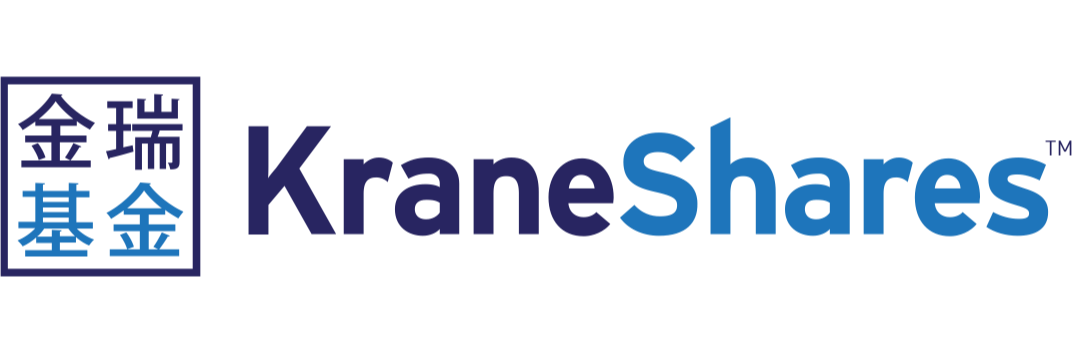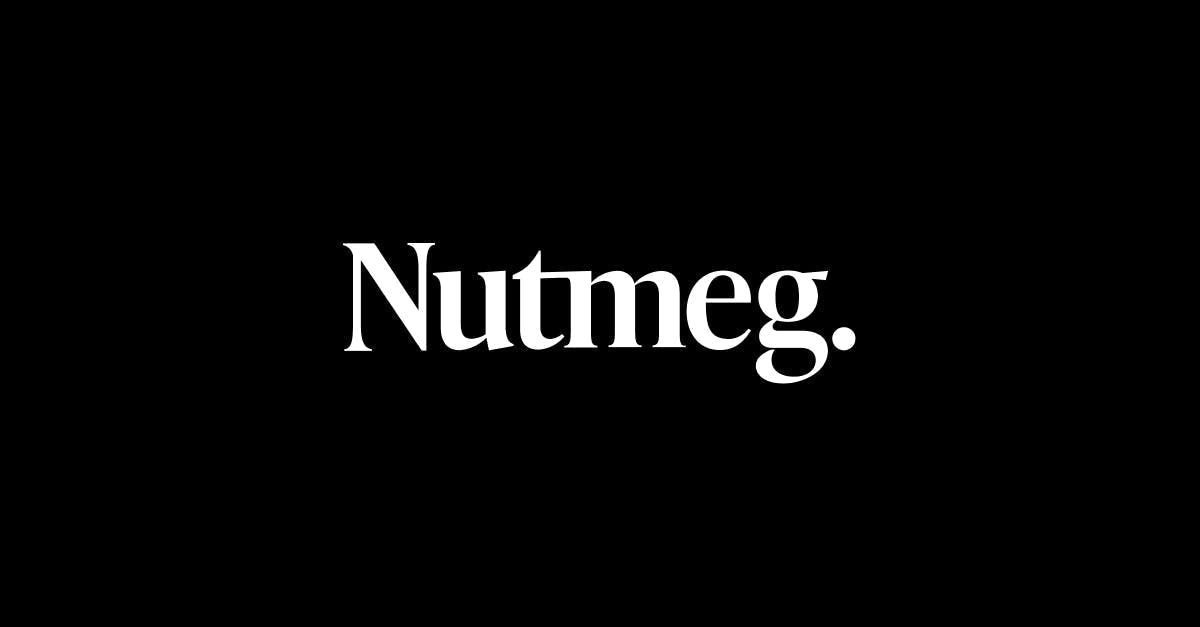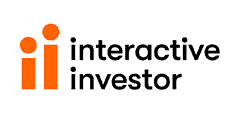China ETFs staged a long-awaited comeback last week as state-backed buying of China equity ETFs buoyed indices ahead of the lunar new year.
Leading the charge with the strongest gains across all Europe-listed ETFs last week was the KraneShares ICBCCS SSE STAR Market 50 Index UCITS ETF (KSTR), which returned 7.8%.
Following close behind was the Invesco S&P China 500 A Swap UCITS ETF (C500), which jumped 7.5% over the same period.
The recent uptick in form comes after Central Huijin, an investing arm of China’s sovereign wealth fund, announced last Tuesday it would expand its buying of China equity ETFs.
The CSI 300, CSI 500 and CSI 1000 indices all gained on the news and booked collective daily turnover of $98.3bn the following day, their highest volume of trading since August last year.
On Wednesday, China Securities Regulatory Commission (CSRC) Yi Huiman was also ousted in a move pundits expect was part of a plan to divert blame for continued depreciated equity valuations in the country.
Shanghai-based research consultancy, Z-Ben, noted a number of state-backed institutions such as China Reform Holdings commenced ETF buying programmes in January this year, however, the scale of future ETF buying by sovereign backers and other forms of stimulus remains unclear.
Dzmitry Lipski, head of funds research at Interactive Investor, said the government has already shown a willingness to implement monetary easing measures, such as the reserve rate requirement (RRR) for banks being cut by 50 basis points (bps), with room for further easing in future.
He added: “China is also considering a market rescue package worth about ¥2bn ($280bn), intended to restore investor confidence in the market and tackle the ongoing property crisis, which saw indebted property giant Evergrande liquidated.
“Despite more news of further US sanctions on Chinese technology companies, the stability in US-China trade relations seems the desired outcome for both parties and should reduce concerns among investors.”
However, the country has ground to cover if it wishes to restore foreign investor confidence after years of punitive regulatory action against its own companies.
James McManus, CIO at Nutmeg, commented: “Alongside the decline of the real estate sector, there has been consolidation of power of a president who has reasserted Communist Party power in the economy; increasingly fractious relationships with its largest trading partners, economically damaging extended COVID-19 restrictions and a regulatory crackdown on leading technology companies.
“These factors have undermined international investor confidence over the last five years.”
In fact, China ETF specialist KraneShares ranked second globally on the list of ETF families responsible for the greatest destruction of wealth globally over the past decade, with $6.5bn of investor wealth wiped out, according to research conducted by Morningstar.
The outlook also remains unclear, with trade and geopolitical frictions between China and the US facing potential exacerbation with the prospect of a second Donald Trump presidency.
Oliver Jones, head of asset allocation at Rathbones Investment Management, added: “The obstacles for foreign investors in China have been growing, with the US imposing a growing set of restrictions on where its citizens can invest – and this trend appears likely to continue.”
McManus added: “Manufacturing, which is approximately a third of China’s GDP and highly scrutinised by foreign economists, has shown early signs of a rebound.
“However, for this to continue there will be heavy reliance upon the strength of western consumers and their governments, with whom relations, especially the US, have been challenging.”
From an investment perspective, Chinese equities enter the year of the dragon in a weakened stance. While depreciated valuations may appear to be opportunities, the country has gone from comprising 40% of emerging market-listed market cap at its peak in 2020 to just 25% today.
Rebuilding its position will be a slow process of stimulus, a return to trade normality and a gradual restoration of investor confidence.








